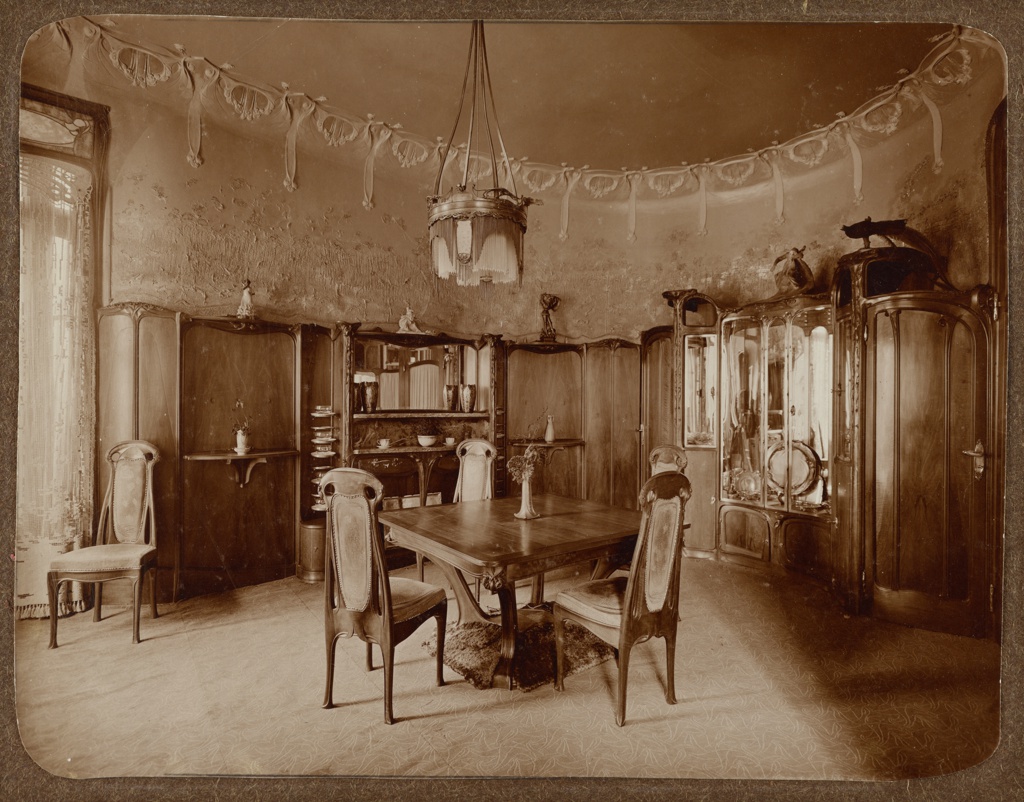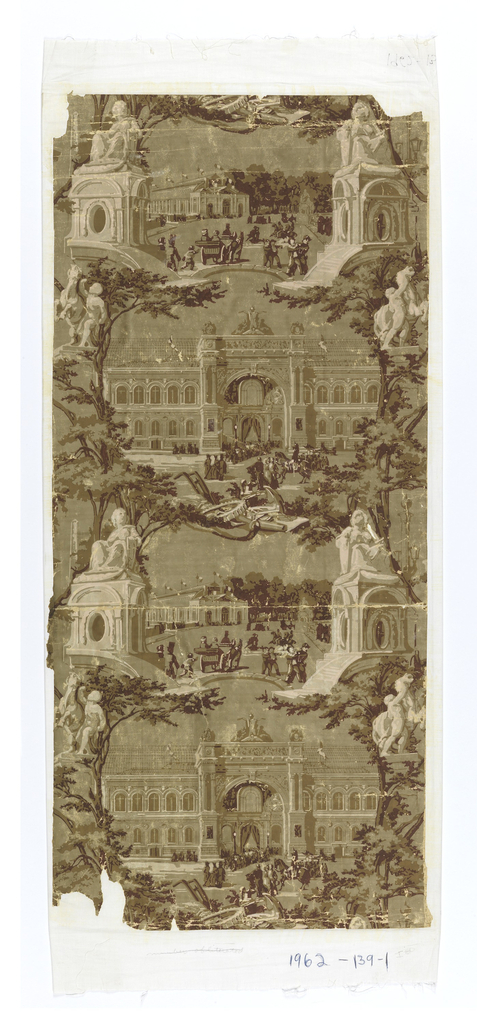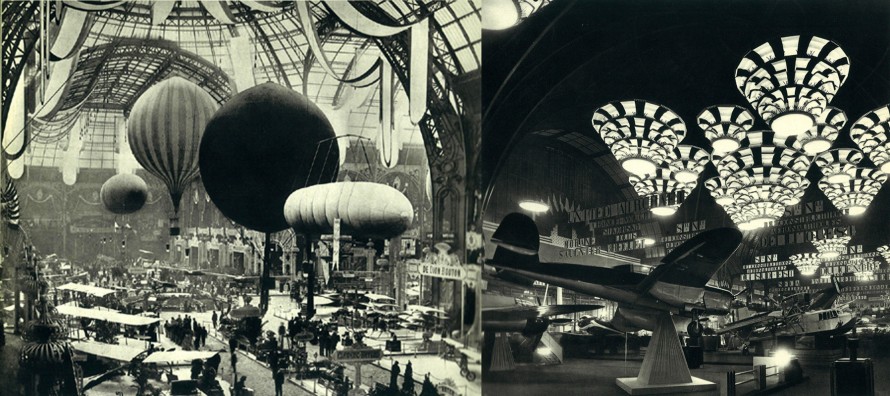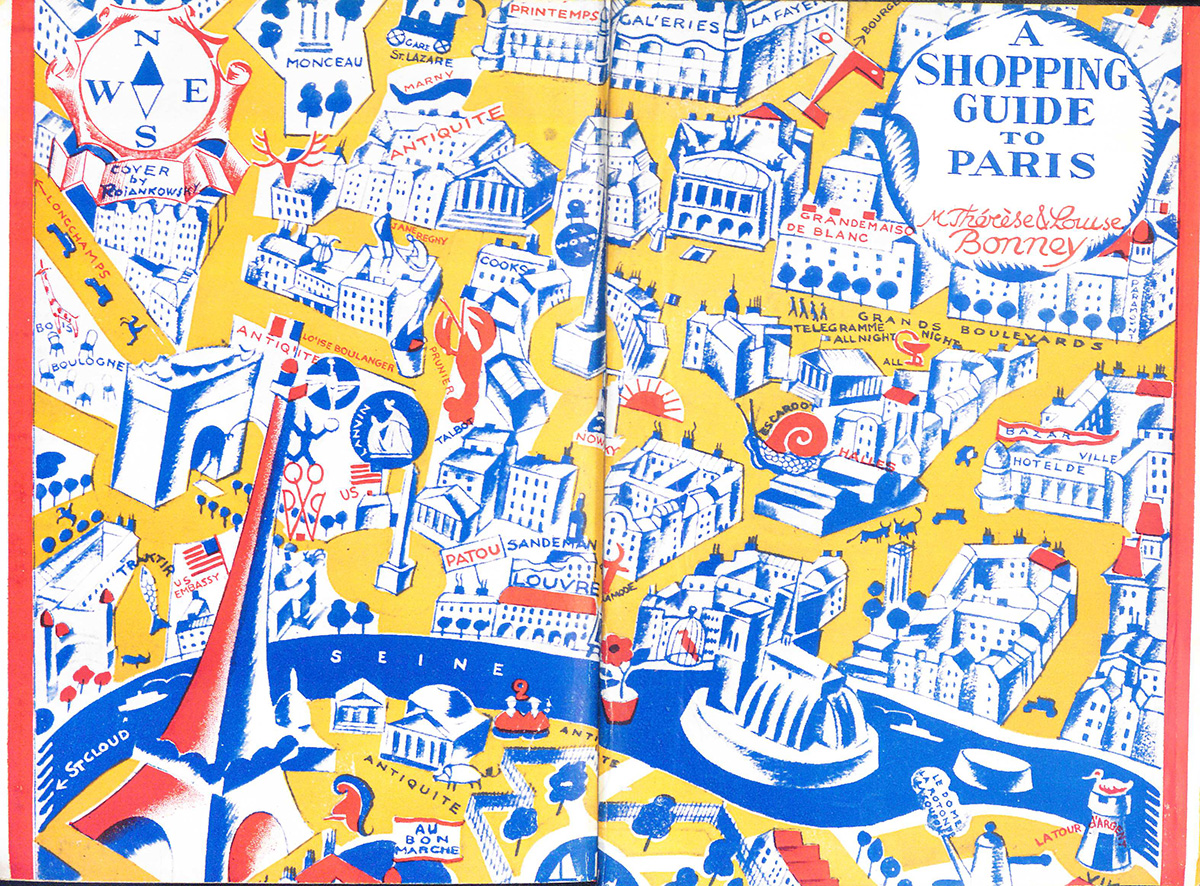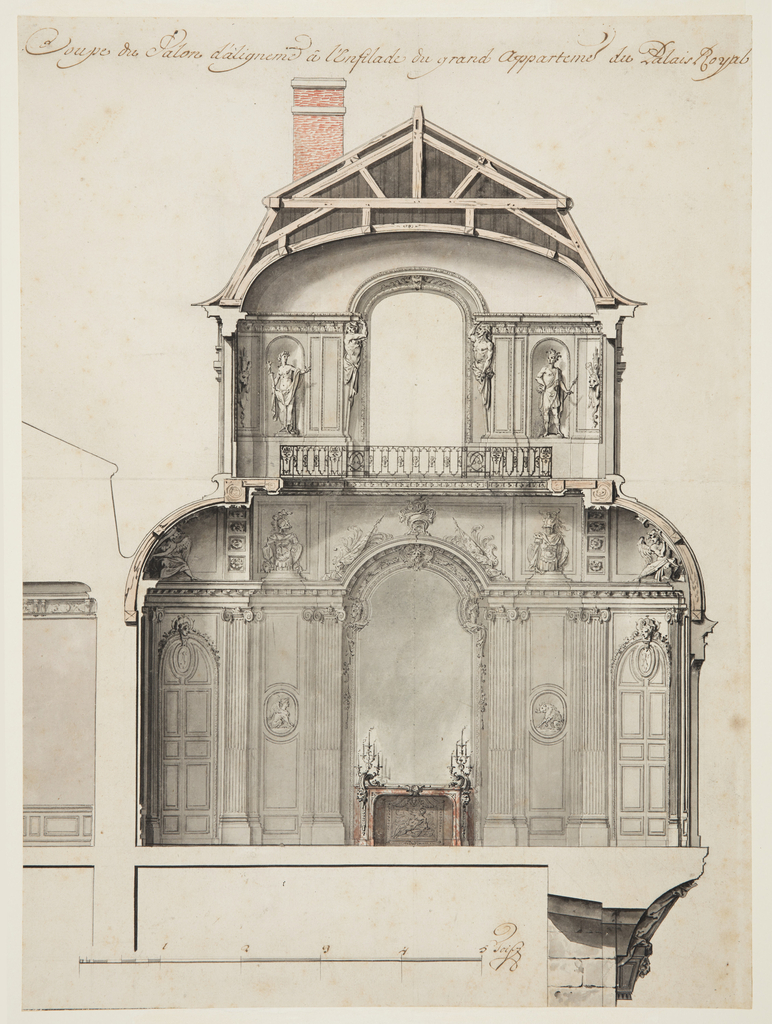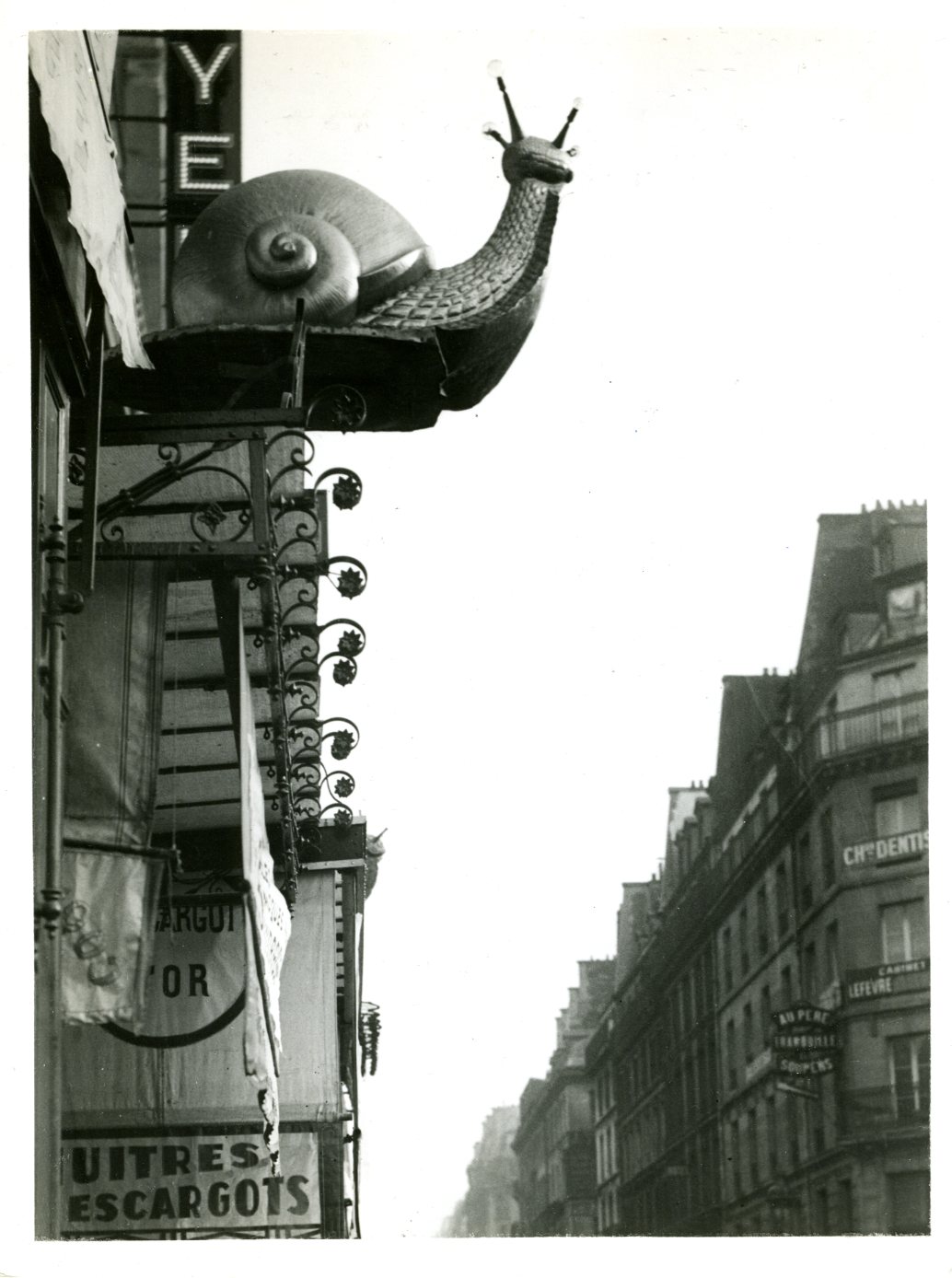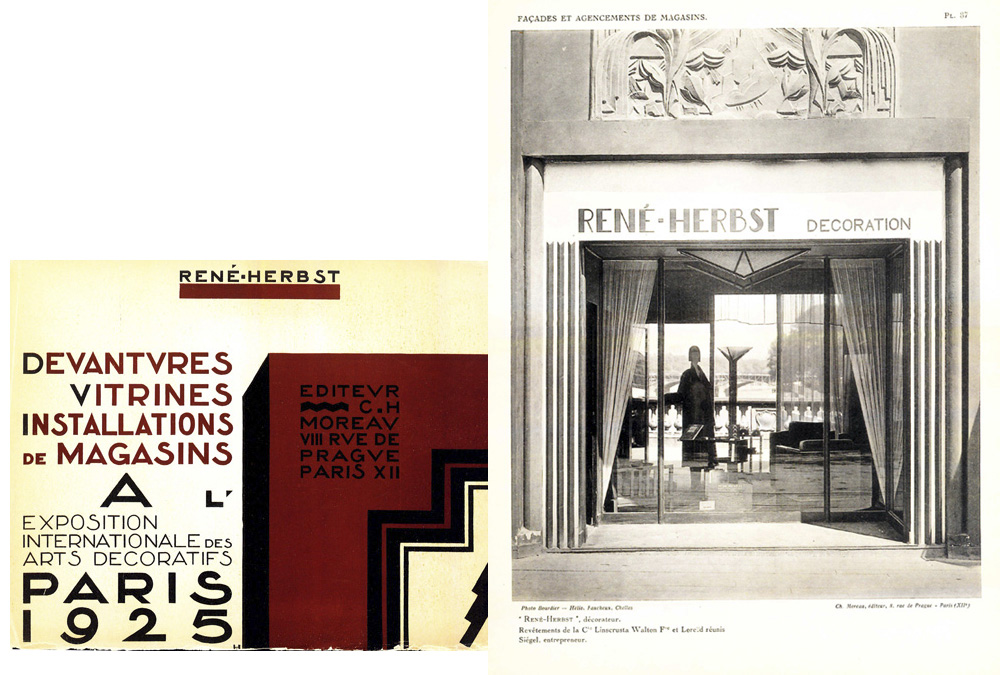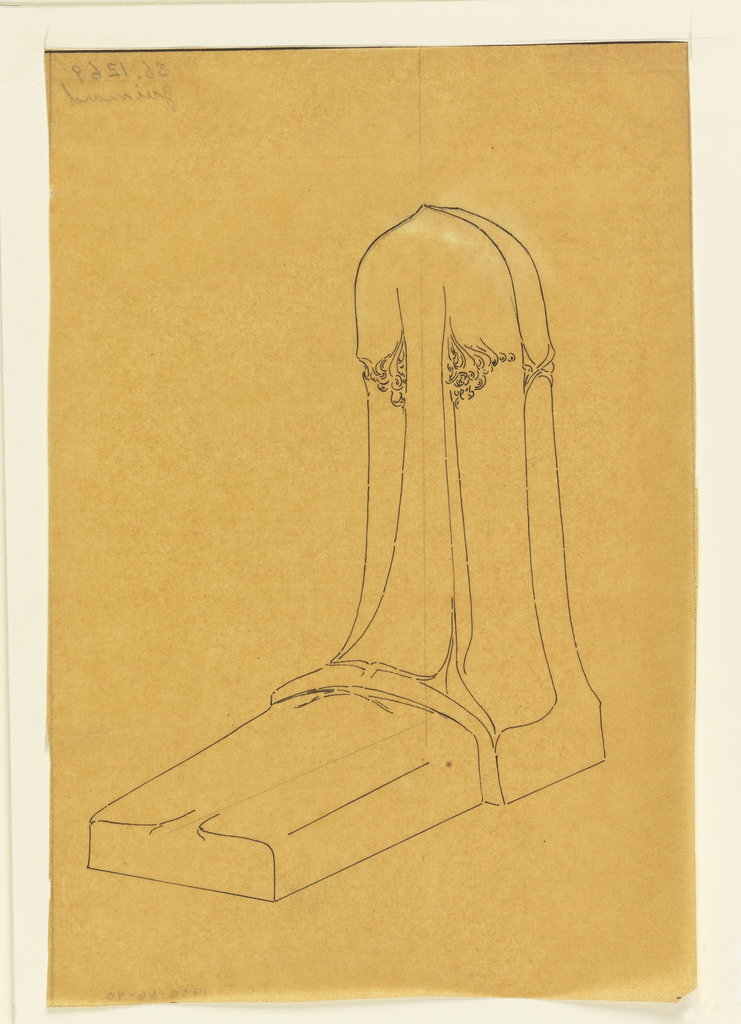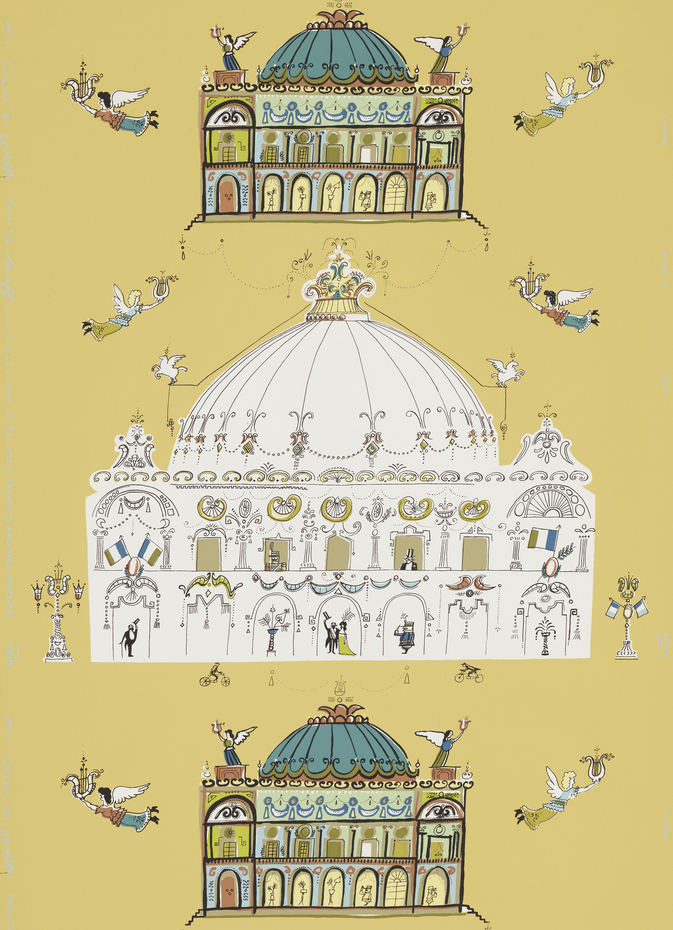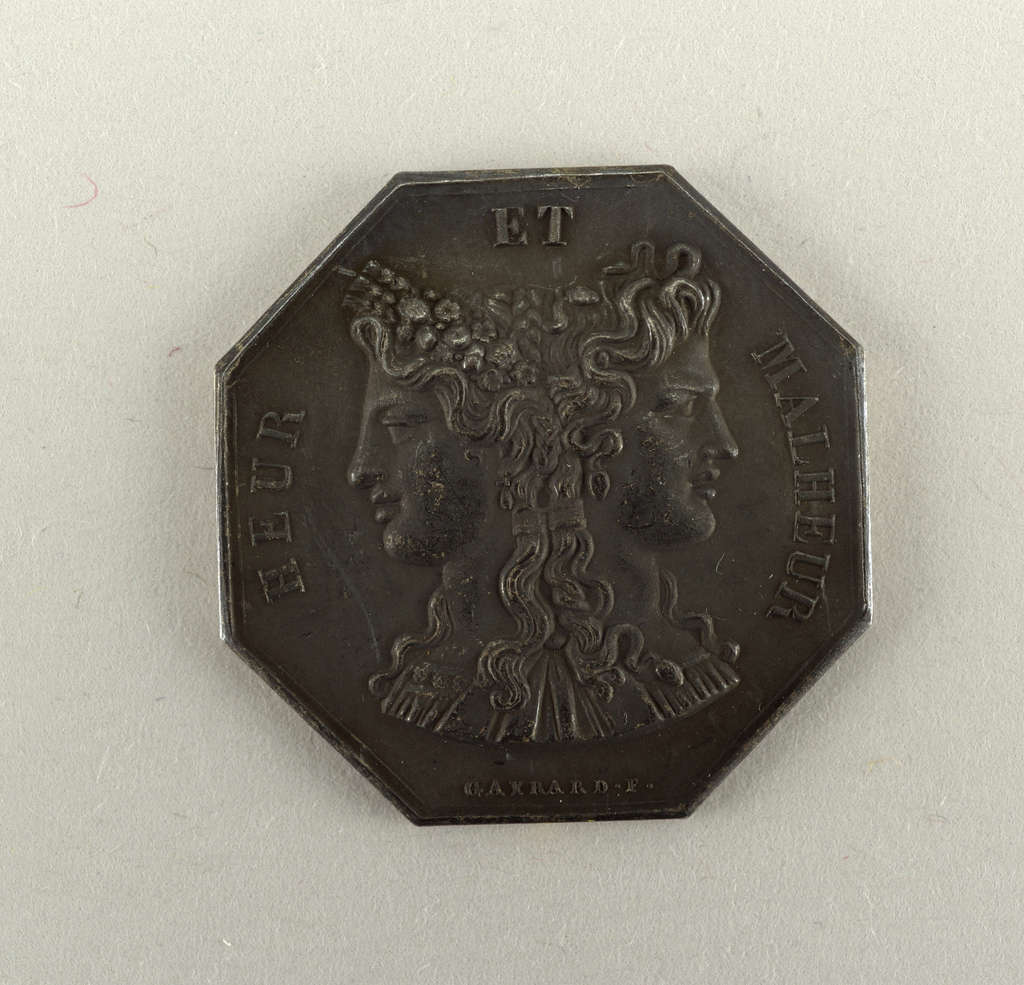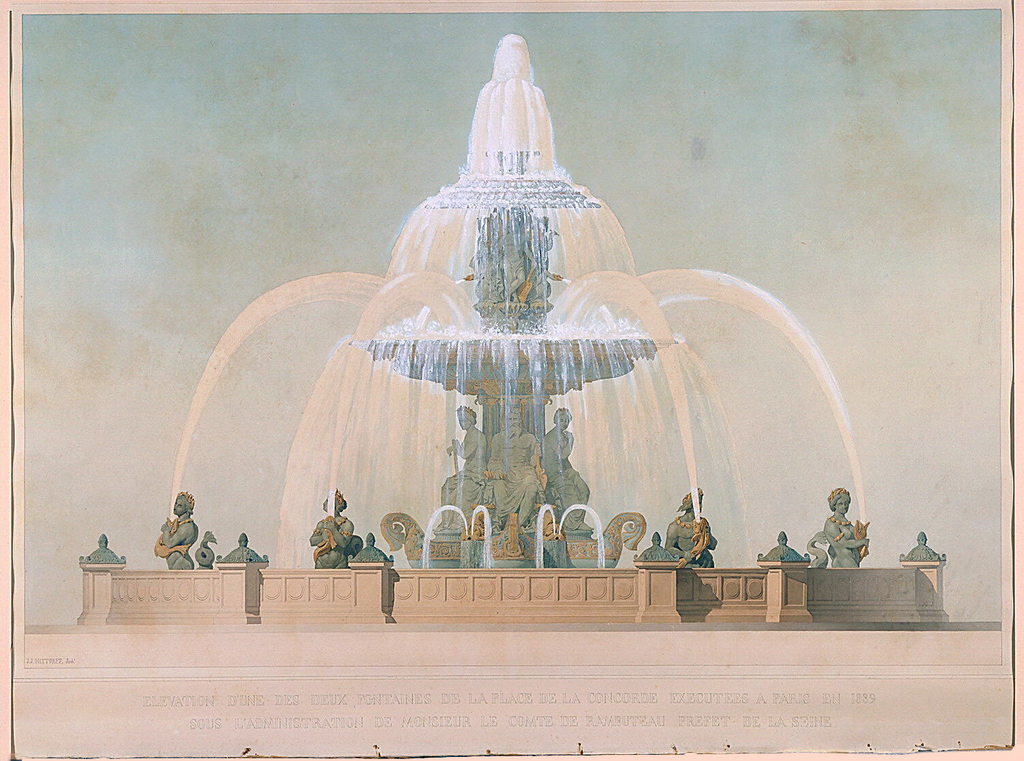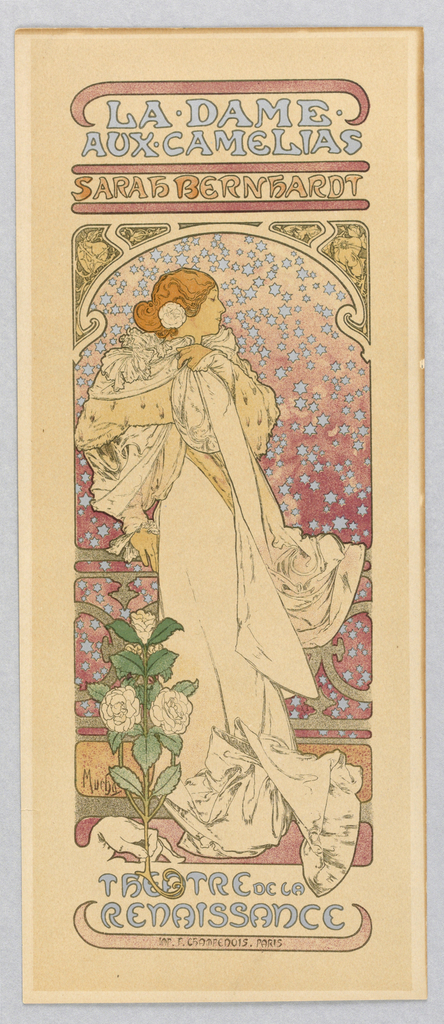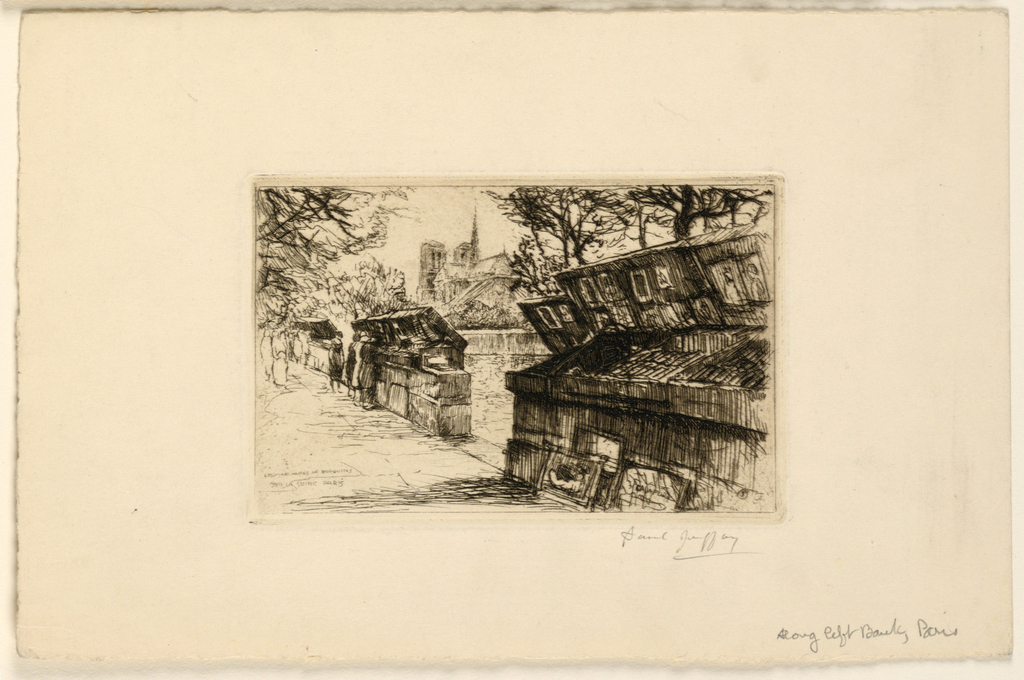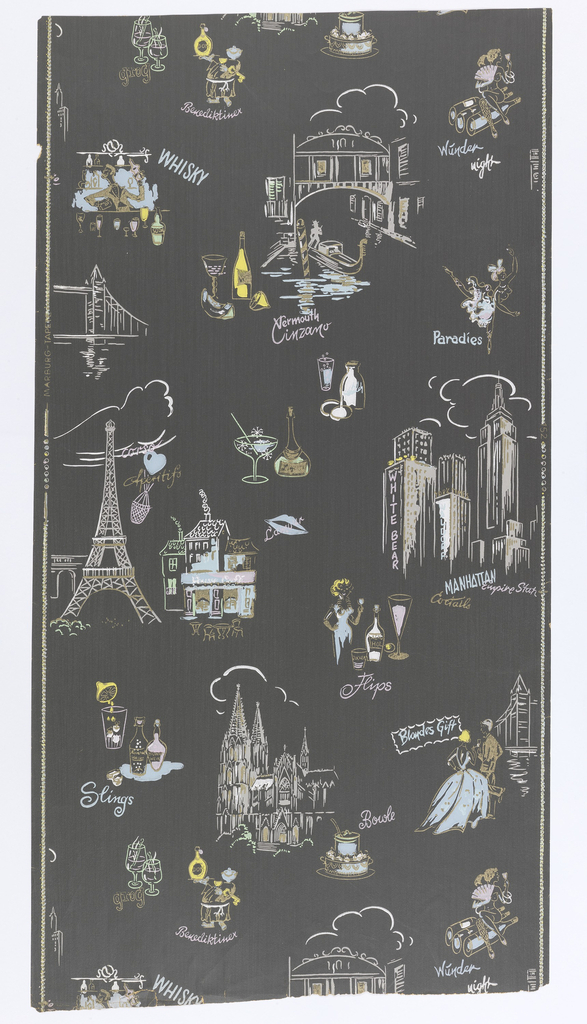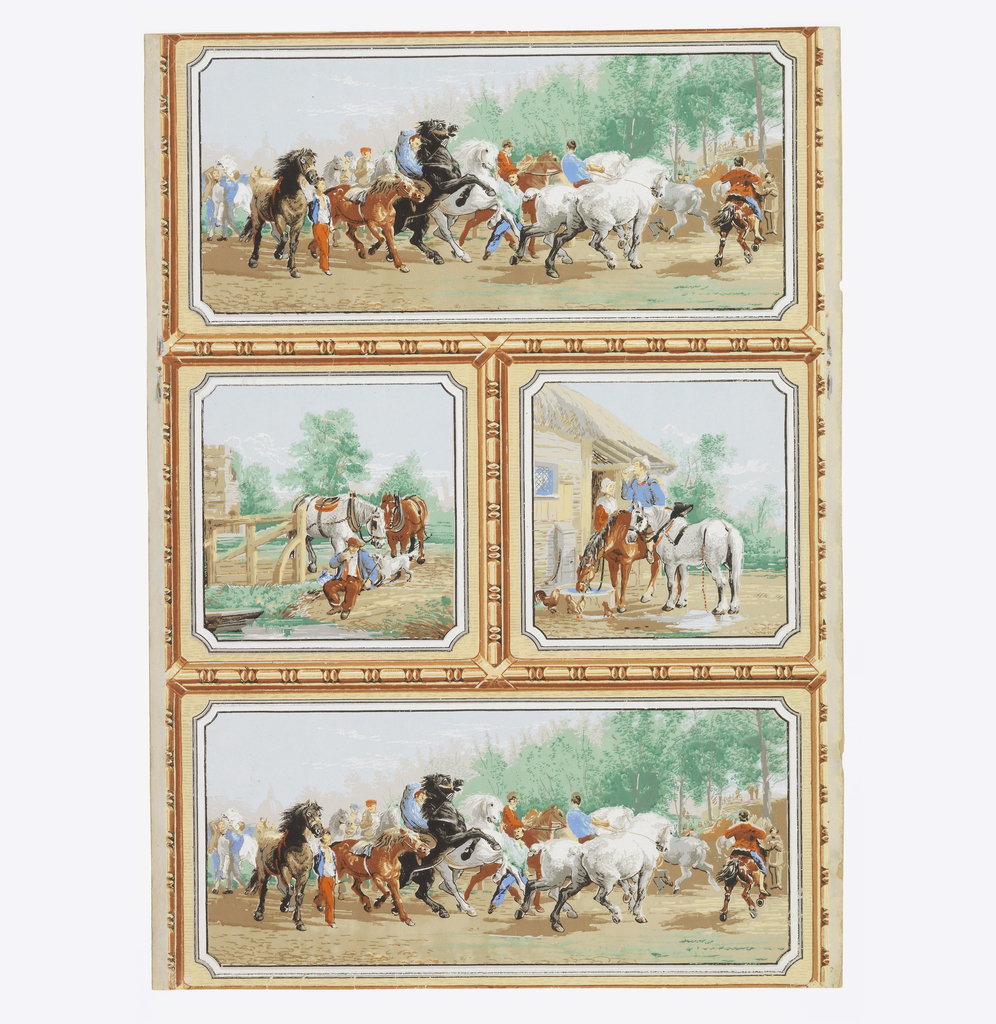Delve into the life and legacy of one of France's most famous architects.
Wallpapers have a long history of celebrating innovations in technology, especially when it involves mobility. Early steam-powered locomotives and paddle boats, automobiles and airplanes are frequent themes. Feats of civil engineering including the Brooklyn Bridge are also highlighted. Here is a wallpaper celebrating industrial progress. This paper is commemorating the Exposition Universelle of 1855, the...
This post was originally published on April 1, 2013. Between 1909 and 1948, the Grand Palais near the Champs-Elysées in Paris featured remarkable decorative interiors which housed automotive, aeronautical and many other types of trade shows. For the buildings and other structures of the Paris Colonial Exposition of 1931, decorative lighting helped create a unity...
“There is much more to shopping in the French capital than merely walking in in American fashion and making a purchase. Shopping in Paris is an art and must be approached with a certain finesse.”
The Palais Royal lies just on the other side of the rue de Rivoli in Paris, well within eyesight of the Louvre. Among other things, this former royal palace is now the seat of the Council of State (Conseil d’État) and the French Ministry of Culture (Ministère de la Culture). Despite its regal name, it was...
Elizabeth Broman discusses the work of influential Jazz-Age photojournalist Thérèse Bonney.
This book of images of the 1925 Exposition Internationale des Arts Decoratifs in Paris is now on view in The Jazz Age: American Style in the 1920s.
The entrances he designed for the Parisian Metro system in 1900 made Hector Guimard an icon of French design at the turn of the 20th century. Between the 1890s and 1930s, Guimard designed buildings and objects for the public and private spheres, both large and small in scale. He is responsible for hundreds of decorative objects as well as over 50 buildings and interiors....
One of several wallpaper designs by Saul Steinberg, this paper shows elevations of the Palais Garnier in Paris. Illustrated in signature Steinberg style, the design is fun and whimsical while drawing attention to some of the building’s notable architectural components. The two different elevations are drawn as caricatures which highlight the grandiosity and opulence of...
This gambling token, or jeton, features the double-faced god Janus. With one eye looking to the past and the other to the future, the ancient Roman deity oversaw change — including change in luck and fortune. This is precisely what a nineteenth-century gambler might have hoped for as he cast the silver piece onto a...
This splendid presentation drawing was prepared for the prestigious civic commission to redesign the Place de la Concorde, one of the great public squares of Paris. When the viceroy of Egypt, Muḥammad ʿAlī, offered France an obelisk from the reign of Ramses II as a gift in 1831, the German-born designer Jakob Ignaz Hittorff was...
The Belle Époque was an explosion of optimism and cultural innovation and artistic endeavours. The Belle Époque, lasting from the 1870s up to WWI, was at its height in Paris during the 1890s and 1900s. It was a great time for art and theatre, and they converged to great success at the Theatre de la...
This lithograph, by artist Paul Jeffay (1898-1957) depicts the Left Bank of Paris, France, on what appears to be the Quai de la Tournelle. The main focus of the piece is on the bouquinistes, green boxes that line the Seine in the center of Paris, out of which booksellers sell used and antiquarian books. In...
After the dust had settled from WWII, people were ready to get back to (or experience for the first time) the good life that had been interrupted by decades of war and depression. These desires manifested quite literally on wallpapers, and during the 1950s there was a trend for designs depicting everything from household appliances...
Framed rectangular vignettes are vertically stacked like ashlar blocks on this French wallpaper ca. 1855-75. The frames are printed in yellow and brown and depict bead-and-reel molding. Two square scenes in the center of the page show men both leading horses to water and making them drink, but it’s the identical vignettes that span the...
